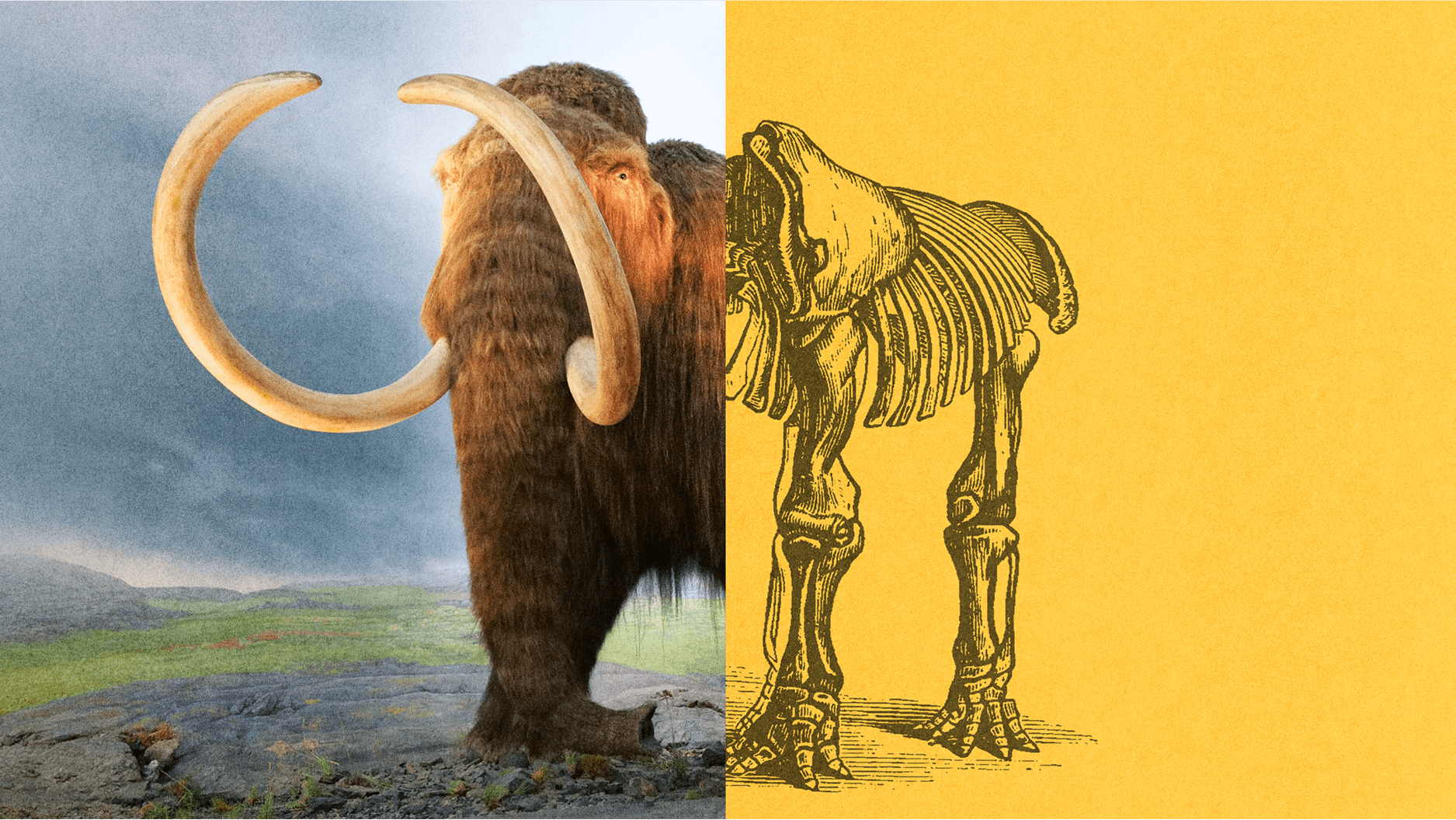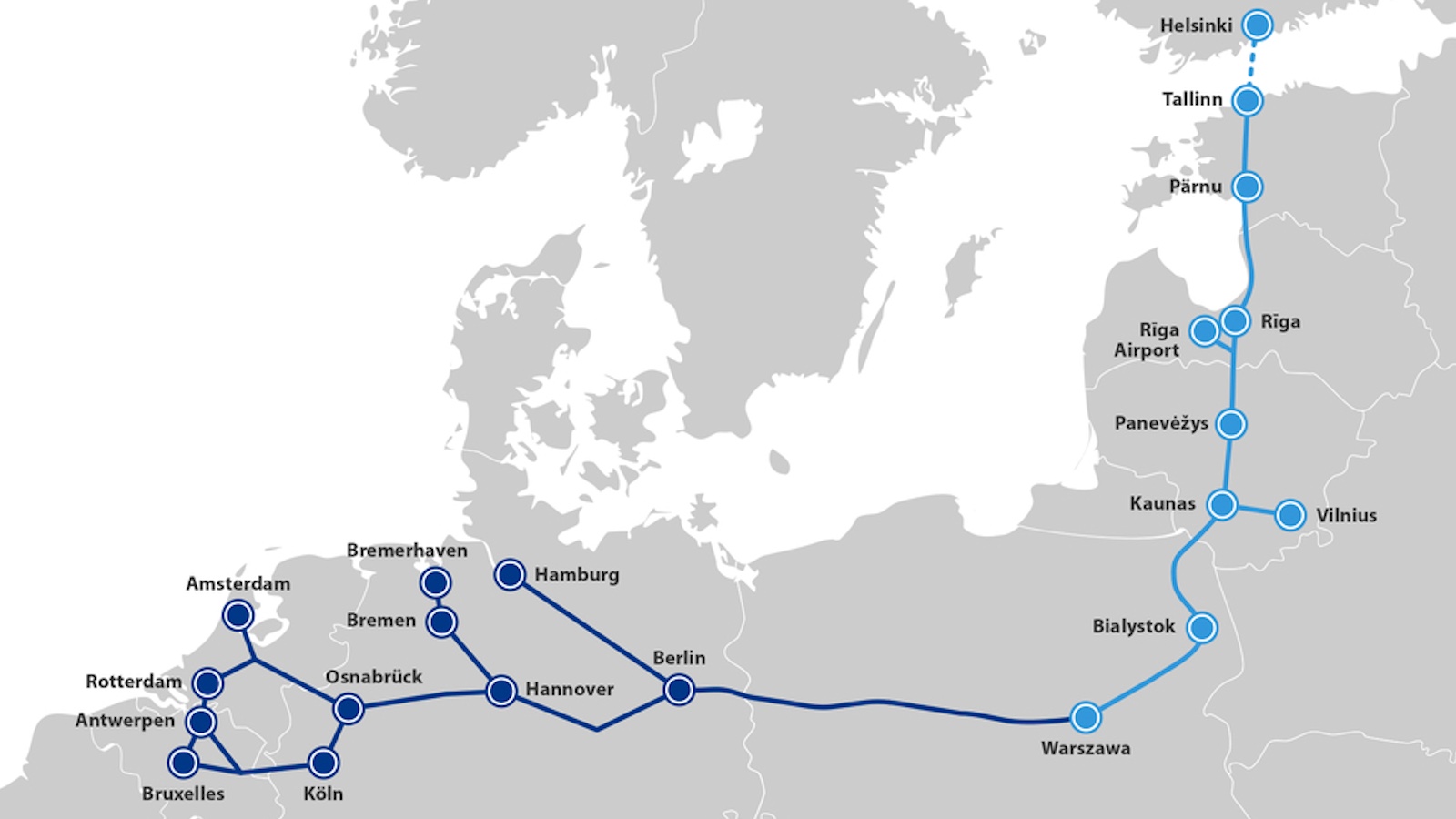42 – The Free City of Danzig (1919-1939)
Maps on old postcards look really cool, I think (see previous post). So I looked for another one, and found this postcard, dating from 1929. Coincidentally, it illustrates another area peripheral to Germany: the Free City of Danzig.
n
This city on the Baltic coast (presently the Polish city of Gdansk), was detached from Germany in 1919 by the Treaty of Versailles and became a Free City under the auspices of the League of Nations. It was hemmed in by the German exclave of East Prussia (to the east), the Baltic Sea (to the north) and Poland (to the south and west; a narrow Polish corridor to the Baltic separated Danzig from Germany to the west).
n
As Poland after World War One had wanted access to the Baltic, and therefore obtained the Polish Corridor. Additionally, Versailles stipulated that Danzig, majoritarily German, would manage its own internal affairs, but that its external affairs would be presided over by Poland.
n
Danzig and the Polish Corridor became focal points for Polish-German tensions, eventually culminating in the German invasion on September 1, 1939 – the start of World War Two. After the war, the German population of Danzig (and other eastern areas) was forcibly moved towards the west, and Danzig became the Polish city of Gdansk (later to gain international prominence as the birthplace of Lech Walesa’s Solidarity movement in the early 1980s).
n
 This map on the reverse of a postcard shows the territorial area of the Free City of Danzig, and also a stamp issued by the Danzig government. It was taken from this website (click on country index, go to ‘Danzig’).
This map on the reverse of a postcard shows the territorial area of the Free City of Danzig, and also a stamp issued by the Danzig government. It was taken from this website (click on country index, go to ‘Danzig’).
n




